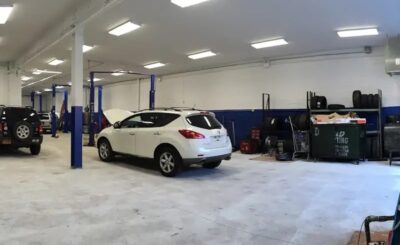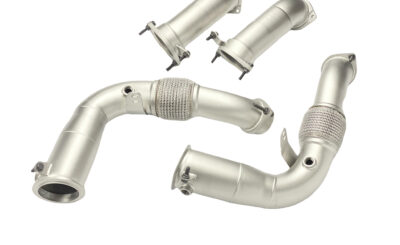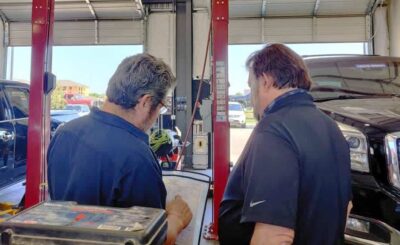Power locks are a convenience most modern vehicles offer, providing security and ease of access with the touch of a button. However, when these systems begin to malfunction, it can manifest as unusual noises – clicks, whirs, grinding, or even complete silence. Understanding the potential causes behind these sounds is crucial for effective troubleshooting and repair. By identifying the specific noise, you can narrow down the possible culprits and implement the appropriate solution.
Diagnosing the Source of the Sound: Different Noises, Different Problems
Before diving into repairs, listen carefully to the specific noise emanating from the power lock system. A faint “click” might suggest a weak actuator struggling to engage. Loud grinding usually indicates stripped gears within the lock actuator itself. A rapid “whirring” could point to a short circuit causing the actuator to continuously attempt to lock or unlock the door. Complete silence, accompanied by a lack of response, suggests a power supply issue, a broken actuator, or a seized linkage. Pinpointing the exact nature of the noise is the first step towards identifying the root cause of the problem.
Common Culprits: Actuators, Linkages, and Electrical Issues
The most common cause of power lock noise stems from the actuator, the small electric motor responsible for physically moving the locking mechanism. Over time, these actuators can wear out, develop internal corrosion, or have their gears stripped, resulting in grinding or clicking noises. Another potential problem lies within the linkages connecting the actuator to the door lock. These linkages can bend, become disconnected, or accumulate dirt and grime, hindering smooth operation and causing unusual sounds. Finally, electrical issues, such as a blown fuse, a faulty wiring harness, or a malfunctioning switch, can prevent the actuator from receiving adequate power, leading to a click or silence. So for that take the suggestion of the Auto Repair in New Castle, PA based service now.
Troubleshooting Steps: A Systematic Approach
Once you’ve identified the sound and suspect the cause, begin troubleshooting systematically. Start by checking the fuse related to the power locks. A blown fuse is a simple fix and should be the first thing you rule out. Next, visually inspect the linkages for any signs of damage, disconnection, or excessive dirt and grime. Clean and lubricate the linkages, ensuring they move freely. If the problem persists, consider testing the voltage at the actuator connection using a multimeter. Lack of voltage indicates an electrical issue, while proper voltage suggests a faulty actuator.
Addressing the Problem: Repairs and Replacements
Depending on the identified issue, you can proceed with repairs or replacements. If the linkages are simply dirty or disconnected, cleaning and reattaching them might resolve the problem. A faulty fuse is easily replaced. However, a malfunctioning actuator usually requires replacement. These units can be purchased online or at auto parts stores, and the replacement process typically involves removing the door panel, disconnecting the actuator, and installing the new one. If you are uncomfortable working with vehicle wiring or internal door components, it’s best to consult a qualified mechanic to avoid further damage. Remember to always disconnect the battery before working on any electrical components within your vehicle.








